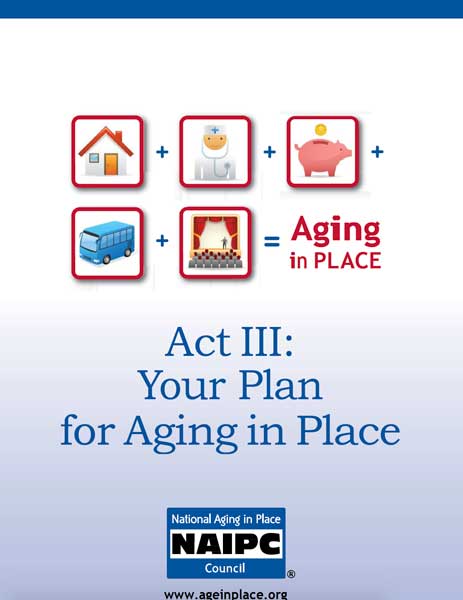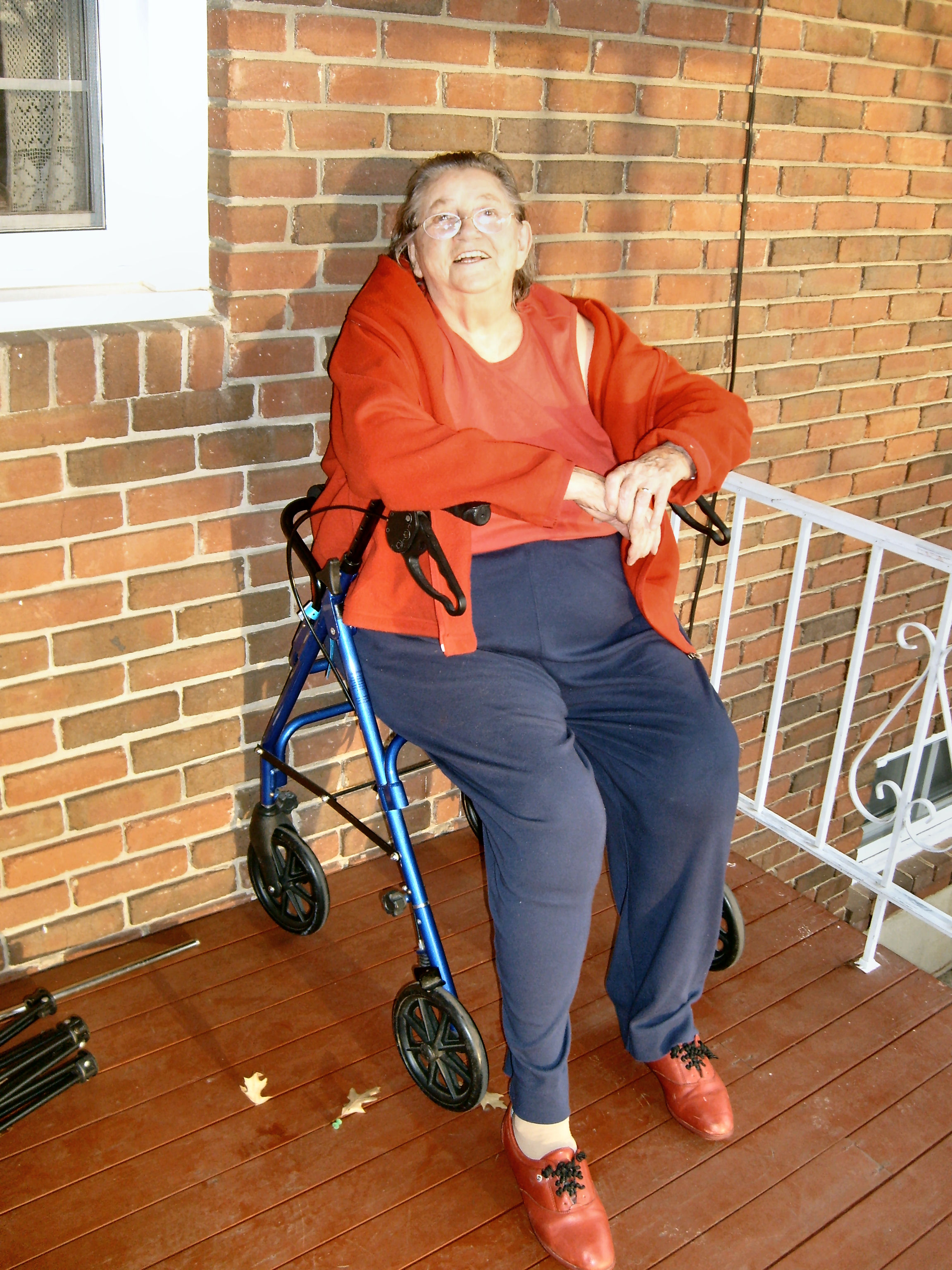All of us are getting older. It is a fact many want to ignore, but it is true. As we get older, various things don’t work as well as they once did. Things like eyesight, hearing, balance, and mobility all tend to decline as we age. I don’t say this to bring up a sore subject or ruin anyone’s day, but simply because as a home modification contractor and aging in place specialist, my job is to help as many people as possible remain independently in their own homes as long as they choose to. This goal is made more difficult because the homes most of us live in were not designed for people with any declines in their abilities. In short, they were designed and built for people who never grow old. That is why they are often referred to as “Peter Pan Housing”. The doorways and hallways are too narrow, there are too many stairs, the bathrooms are too small, etc. The list goes on and on. The Peter Pan Dilemma is what to do about the ever increasing number of seniors who are trying to live safely and comfortably in these homes. There are 10,000 Baby Boomers turning 65 each and every day in this country and 3,000 a day turning 85. With upwards of 90% of people stating that they prefer to remain in their homes as they age and the vast majority of them living in Peter Pan Housing, how will we possibly manage?
The long term solution is to build more Universal Design (also called Lifespan Design) housing. These are homes that are designed and built to accommodate people of all ages and abilities without the need for modification. Homes built with zero step entries, wider hallways and doorways, curbless showers and grab bars in bathrooms, lower light switches and higher outlets, bright glare free lighting, and more open space will serve the needs not only of seniors but of people at all stages of life. As more and more people understand the benefits of this approach, the marketplace will respond by meeting this need. Here in Virginia, there is a Livable Homes Tax Credit that gives you a $5,000 credit against your State Income Taxes if you build or buy a new home that has certain accessibility features such as zero step entries, accessible bathrooms, and wider doorways included. (The credit is also available for remodeling an existing home to include these features). There is also a voluntary certification for builders who build accessible homes. This program is called Easy Living Homes and you can find a list of Certified Builders on their website. Any home certified as an Easy living Home will automatically qualify for the tax credit.
That covers the long term solution, but what about the short term solutions? Home Modifications to make homes safer and more accessible is a big part of our work at Senior Remodeling Experts. We get calls all the time from family members of seniors who are experiencing mobility issues and fear losing their independence. Many have fallen and been hospitalized and are trying to figure out how they can safely return to the homes they love and feel comfortable in. We perform home assessments which measure the homes features and compare them with the present and future needs of the resident. Depending on the needs of the client, we can assess for Safety, Balance, Fall Prevention, and Wheelchair Accessibility. Taking into account budgetary as well as aesthetic considerations, we are able to provide a list of recommended home modifications to adapt the home to make it more accessible, safer, and more comfortable. Common home modifications include grab bars, wider doorways, ramps, non-slip and fall protection flooring, curbless showers, tub cuts, roll under sinks, accessible appliances, and accessible storage. We also offer Remote Activity Monitoring that will alert a family member or caregiver if a pre programmed event suggests that there might be a concern. If you live outside of Southwest Virginia and need a contractor to perform home modifications at your home or the home of a loved one, you can search for contractors who hold the Certified Aging in Place Specialist (CAPS) designation in the CAPS Directory. The CAPS training teaches contractors, therapists, real estate agents, and anyone who is interested how to understand the housing needs of those who wish to remain permanently in their homes as well as the technical and business management skills to make it a reality. For anyone interested in receiving this valuable training, I will be teaching the require classes at the Roanoke Regional Home Builders Association on May 11, 12, and 13.
Home modification is not the only piece in the puzzle. In order for someone to successfully age in place, it is important that they have other supports besides an accessible home. Help with transportation, activities of daily living (ADLs), healthcare, finances, and social interaction are all important aspects of an aging in place plan. The key is to start early. People often tell me, “I’m not ready for that yet!” when I have this conversation with them. I make it a point to explain to them how important it is to have these safeguards in place BEFORE you are ready for them. Otherwise you won’t have them in place when you DO need them. As the old saying goes, “An ounce of prevention is worth a pound of cure.” For help in formulating your plan for aging in place I recommend that you download our Planning Guide which was developed by the National Aging in Place Council.
In conclusion, I want to reiterate the value of planning ahead to create a home that is safe, beautiful, and accessible for all ages and abilities. One day all homes will be built with Lifespan Design in mind. Until that day comes, make changes now to make your home or the home of a loved a lifetime. Please feel free to call us at 540-384-2064 or email me at cmoore@solidrockenterprises.com.


